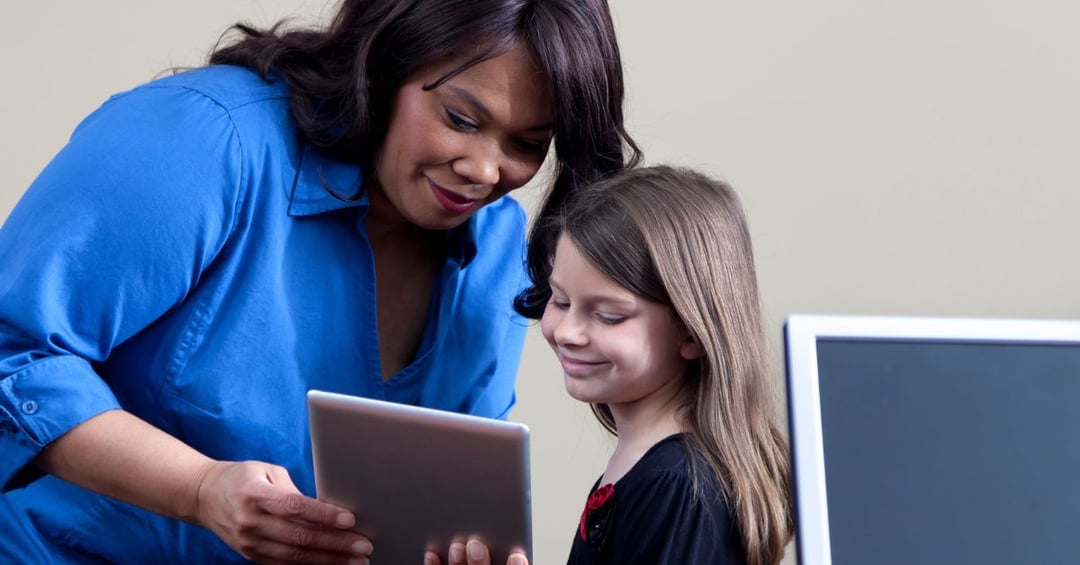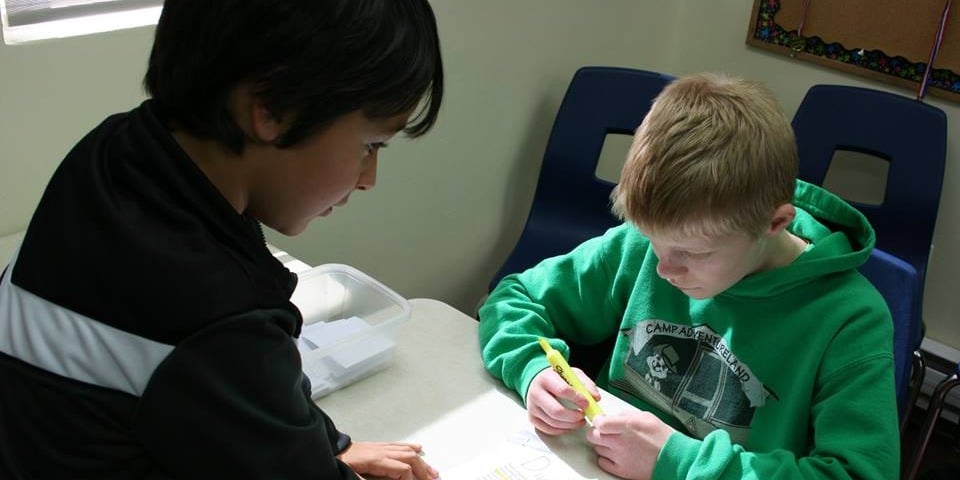In the past couple of blogs - “Cognitive Functions Explained: Our Brain is Our Most Valuable Asset” and “How to Increase Neuroplasticity by Taking Control of Our Lives” - we have looked at how important our brains are in our lives, and how it helps us to understand, participate in and contribute to the world.
Yet sometimes, we go through our day forgetting that this amazing and complex organ in our bodies makes every second possible. We also forget that each of our brains are different. They are unique, and they can be changed over time when we incorporate the principles of neuroplasticity into our lives.
Despite the importance of the brain, it’s surprising how little the brain is mentioned in education-focused professional development. Whether it be university education, curriculum development or general school syllabus.
For the past decade, there have been growing calls for change in the education system. Today, we are going to look at how neuroplasticity and the brain can be put into the education equation.
If you would like to explore this subject in more detail, please watch our free webinar “Adding the Brain to the Education Equation”, the third in a five-part series on How Neuroplasticity Can Enrich Our Lives.
A history of education
Let’s take a step back in time to understand the history of education and where we are now.
In the 1800’s the goal of education was to educate individuals with basic knowledge and skills so they could be productive members of the workforce – this was the ‘one size fits all approach’ to education as what needed to be learnt and mastered was paramount – the learner the receptacle.
In the 1980’s with the work of Howard Gardner, Ken Robinson and others, education began to recognize that learners learn differently - that each learner has their own unique cognitive profile and so differentiated instruction tailored to the profile of the learner became best practice.
In both models, the learner is viewed as a relatively fixed system and in the differentiated model there is a recognition that different educational experiences need to be provided so the diversity of learning styles and needs can be met.
Current state of education reform
Educational thinkers, such as Ken Robinson, and numerous think tanks over the past 30 years have worked extensively on education reform. Robinson states we must focus on individualisation of the learning process, along with fostering curiosity and creativity.
The focus has moved from knowledge and content acquisition to the inclusion of learning skills and strategies, and to developing character qualities. Both the Organization for Economic Cooperation and Development (OECD) and the World Economic Forum have posed the question: “How do we prepare students today for an uncertain world where we can’t predict the types of jobs that might be required?”
They have each identified key elements they see as essential for all learners. For example, the OECD published their vision for schools in 2030, the Learning Compass and the World Economic Forum has identified the 21st Century Skills every student needs.
Underlying the attainment of the Learning Compass’ seven elements, and the sixteen 21st Century Skills, is our brain.
What stands out is the role of the brain in these processes. Students need strong cognitive functioning in order to reap the benefits of this reform.
The OECD study says: ‘By developing responsive education systems, we can help our children adapt to, thrive in, and even shape whatever the future holds.”
Adding the brain to the education equation through neuroplasticity
Here at Arrowsmith, we believe strongly that the brain can be added to the education equation through cognitive enhancement and neuroplasticity - the brain’s ability to change both its physical structure and its functional organization, to strengthen existing connections and to form new neural connections throughout life.
Every individual has a unique learning profile due to their combination of cognitive strengths and weaknesses, which shape how we learn academically, socially, emotionally and in our day-to-day work. Each of us has the capacity to strengthen that cognitive functioning.
Cognitive exercises and cognitive programming have the unique potential to change the cognitive capacity of students to learn. By targeting specific cognitive functions intentionally, neuroplasticity can be leveraged through cognitive programming to enhance a student’s fundamental capacity to learn.
The end result of incorporating cognitive programs into mainstream education - a brain that is honed to reason, think critically, collaborate with others and their ideas, be curious, be agile and adaptable to meet novel challenges, to be empathetic, to generate creative solutions, have mental initiative and the grit and persistence to see plans to fruition.
Our brain is our greatest asset and we know how to harness this asset through the principles of neuroplasticity. Change the brain, change cognition, change learning, change acquisition of academic skills, change social-emotional well-being.
By using neuroplasticity through incorporating cognitive programming in education, students can improve their:
- Ability to learn motor patterns necessary for writing and reading
- Visual memory functions necessary to learn reading and spelling patterns
- Capacity for number sense and quantification required for numeracy, mental calculations and time scheduling
- Capacity for grasping relationships, reasoning and comprehension
- Executive functions necessary for strategic and critical thinking, planning, problem solving and mental initiative
- Capacity to perceive and interpret non-verbal cues necessary for navigating social interactions and relationships
- Auditory memory functions involved in retaining information
Are you interested in learning more? Find out how the Arrowsmith Program is working with educators to put the brain in the education equation through neuroplasticity science and innovative cognitive enhancement activities. Contact our team today.
Tags:
Neuroplasticity
November 22, 2022




